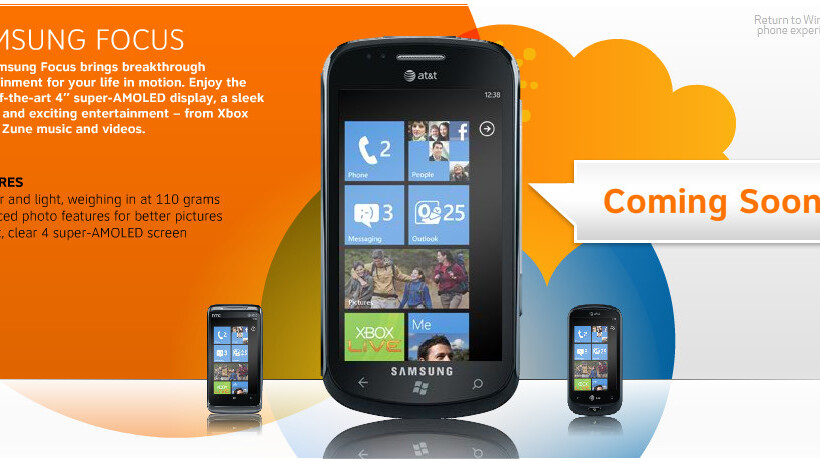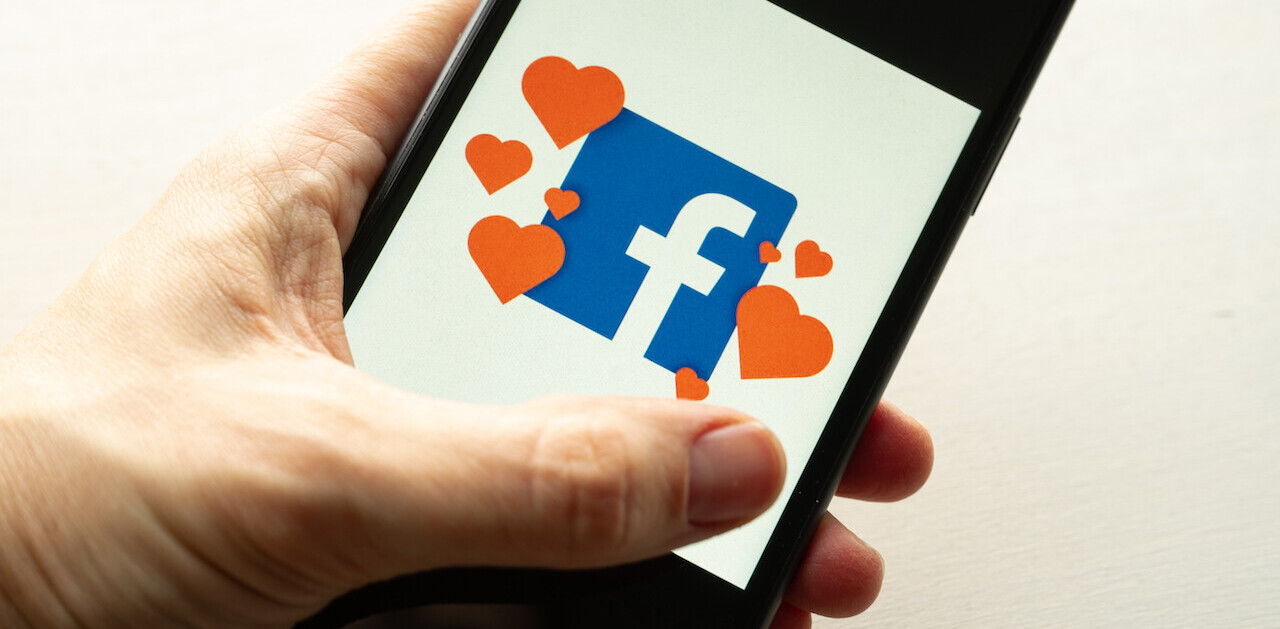
Once upon a time, search engine optimization (SEO) was the number one tool for optimizing your visibility and business on the Internet. Now it’s all about “social media optimization” (SMO). Brands know they have to be social in order to be “loved,” and visible (with hopefully as many followers as Lady Gaga). The irony is that a social media strategy is much simpler to implement than you might think.
Social Media Optimization was first used in 2006 by Rohit Bhargava, an influential marketer at Ogilvy, who explained why the SMO rules have now changed at this year’s Social Media Optimization Conference.
The five rules are:
 1. Create shareable content
1. Create shareable content
2. Make sharing easy
3. Reward engagement
4. Proactively share content
5. Encourage the mashup
The rules have changed because we are returning to what Brian Solis, author of the acclaimed book on social media and business, Engage!, and principal atAltimeter Group, loves to call “the human algorithm”. [Read our interview with Solis here.]
 Sociability is a skill you have to nurture, whatever the medium is. The Internet is not a function, it is our new way of living. Many of the “rules” or insights discussed during the conference sounded familiar. What we do, share and learn on the Internet is who we are.
Sociability is a skill you have to nurture, whatever the medium is. The Internet is not a function, it is our new way of living. Many of the “rules” or insights discussed during the conference sounded familiar. What we do, share and learn on the Internet is who we are.
It is familiar because it’s instinctive. There is no longer purely online behavior. Offline, online, who cares, this distinction is dead for many of us. Khris Loux from Echo referred to “like”, check-in and other tokens of appreciation simply as new “social gestures”, as you would describe a smile or a laugh.
Focus on creating value. Stop thinking about your customers behind a screen, just imagine yourself in a social interaction with them. Brands want to build relationships. “If you say things that suck, nobody will click on it,” said Dennis Yu from Webtrends during the mobile panel. Yes, thanks for the pertinent advice: being interesting, fun and genuine helps to have a healthy social life. It’s obvious that in order to create a dialogue it helps to have something interesting to say.
Brian Solis talked about the importance of the interest graphs as relationships will be built around them. As in real life we tend to socialize with people we share common interests with, learn from and have fun with. He continued to explain that in order to create the virtuous circle of interactivity and viral goodness you have to KISS meaning, “Keep It Simple and Shareable”.
Sharing is nothing new. We imagined the Internet would change everything, even our nature. But actually quite to the contrary, the social web makes us act even more human. Conversing with someone also implies paying attention and listening. “Even when people complain”, said Sally Falkow from PRESSfeed, “they just want to be heard.” Nobody likes the dinner guest who monopolizes the discussion and never listens to others. As Brian Solis said “social is about expression”. So listen to it.
 In this day in age of digital abundance it is also vital that the discussion be relevant. As we’ve mentioned before context is god. You would never discuss “hot teens in your neighborhood” with your mom over dinner so why would you want to see such an ad when writing a message on her Facebook wall?
In this day in age of digital abundance it is also vital that the discussion be relevant. As we’ve mentioned before context is god. You would never discuss “hot teens in your neighborhood” with your mom over dinner so why would you want to see such an ad when writing a message on her Facebook wall?
Whatever the algorithms might say, we humans are emotional beings. By engaging through social media, brands can create discussions and build relationships with users. Thus creating an emotional bond especially when users feel they are being listened to. This is a new and very powerful tool as long as you don’t forget that it is just a social tool.
“I’ve learned that people will forget what you said, people will forget what you did, but people will never forget how you made them feel.” — Maya Angelou
Get the TNW newsletter
Get the most important tech news in your inbox each week.





